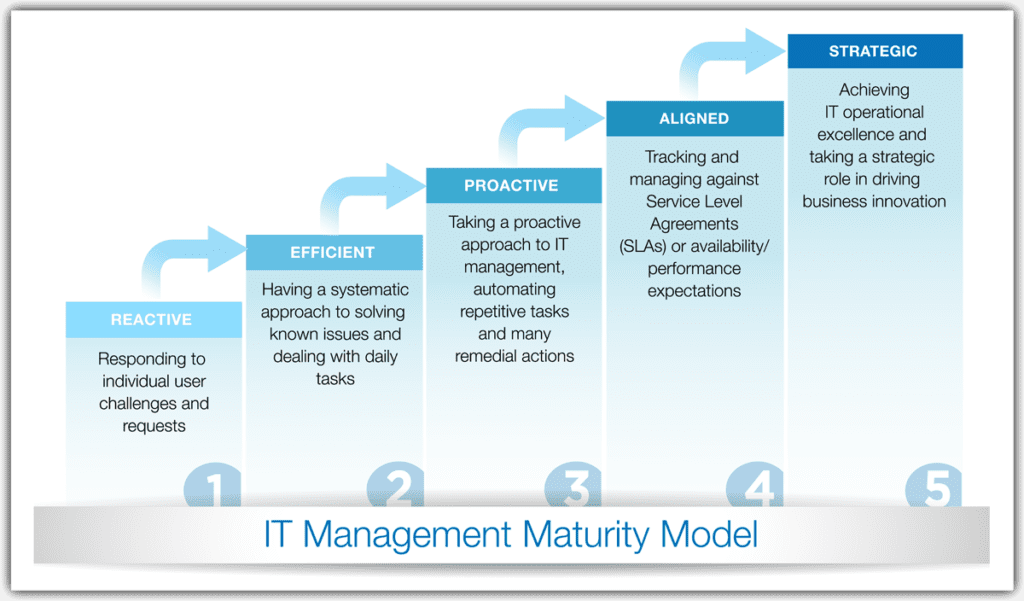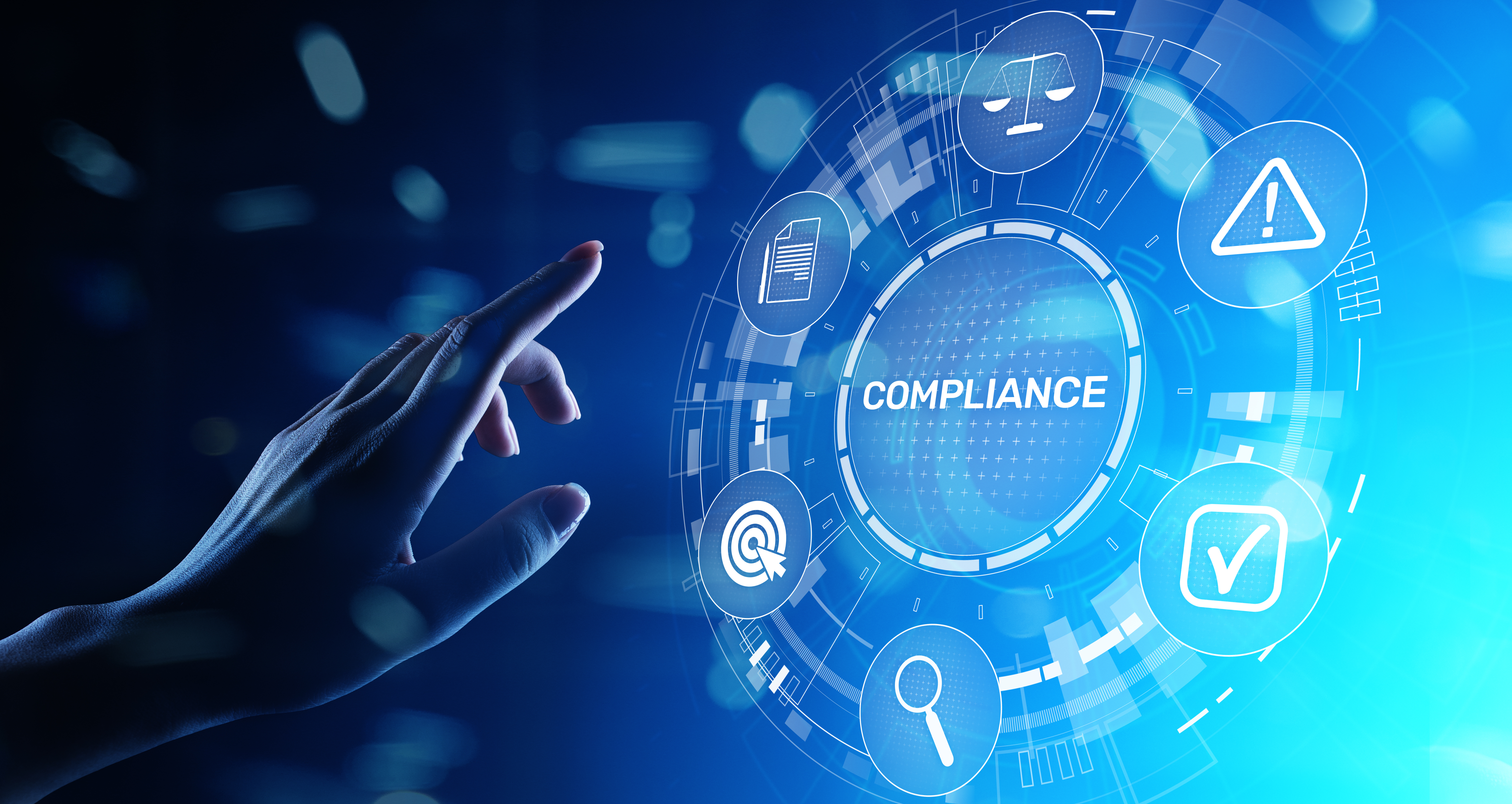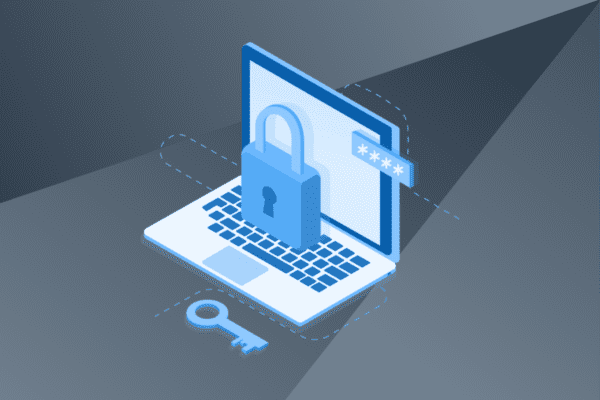When Gartner talks, IT listens. Recently the noted research house pontificated about IT Service Management (ITSM) and gave 10 bits of advice to best harness this technology. The suggestions come care of Top 10 IT Service Management Next Practices.
So what is ITSM? ITSM encompasses a range of activities, processes and policies aimed at making IT services delivery efficient and effective – and that meet end user and customer (in the case of a service provider) needs. ITSM can be implemented by an internal IT department, and here it brings discipline to service delivery and end-user support. It is also used by service providers so they can ensure all clients are supported by top-rate, continually improving IT services.
IT Service Management solutions support the functions and processes that lie beneath the actual services. The idea here is to help IT take a business view of the services they deliver. On the more technical side, solutions that support ITSM such as Kaseya VSA let IT staff and administrators perform effective and rapid root-cause analysis, and prioritize, escalate or remediate problems quickly.
To some folks, the main focus of ITSM is IT support – and goes well beyond just service desk functionality. This means allowing IT to make sense of service requests, classify and prioritize them, and ensure issues don’t disrupt critical services.
The main difference between ITSM and a service desk is that ITSM―through deep visibility―can proactively find problems, define areas of weakness in your IT infrastructure, and help service and support employees to organize their work.
Here are five Gartner recommendations:
- Review and redefine your IT service metrics.
- Focus on more rigorous monitoring of mission-critical services.
- Don’t paint all services with the same brush; build dynamic, business-value-based SLAs.
- Prioritize IT services by business criticality and impact. Manage IT services as services, not as technical entities.
- Manage processes and changes effectively and proactively.
ITSM is based in part on ITIL or the Information Technology Infrastructure Library (ITIL). The definition of ITIL shows how closely it is aligned with ITSM. Here is what TechTarget has to say about ITIL: “The ITIL framework is designed to standardize the selection, planning, delivery and support of IT services to a business. The goal is to improve efficiency and achieve predictable service levels. The ITIL framework enables IT to be a business service partner, rather than just back-end support. ITIL guidelines and best practices align IT actions and expenses to business needs and change them as the business grows or shifts direction.”
According to Gartner, the Infrastructure and Operations (I&O) teams must stay ahead of the curve, and use ITSM to do so. “To remain relevant to the business and the organization, I&O teams have to be in sync with all the disruptive innovations in the technology space and operating/service models. ITSM and IT operations practices will have to evolve and adapt. Given the strategic value of these practices, it’s crucial that I&O teams are aware of the potential next practices, and how they should prepare to embrace the future and build capabilities in these practices that will sustain them for the long term,” the research house argued.
And that is why Gartner released a guide to ITSM best practices. Here are just a few highlights from the complete report.
Use Metrics and KPIs Properly
Gartner suggests using KPIs to measure your progress, but not to overdo it. “What is not measured right is not managed right. Therefore, metrics is the No. 1 next practice to start with,” Gartner says.
SLAs Critical to Successful ITSM
One foolproof way to measure the quality of your IT services is through SLAs. After all, there is a consequence of failing to deliver.
Don’t Have Technology Myopia
Services may have their basis in technology, but they provide a business function. Unfortunately, many I&O teams think more about technology than the actual service.
Understand that Different IT Services have Different Values – and Manage Accordingly
When it comes to services or applications, there are some your business cannot live without. Keeping these running, and performing properly is critical. Here IT has to put their business hats on and decide which services fit into the mission-critical category. These services should get special attention. “Prioritize all your service improvement projects based on the business contributions of the services,” Gartner says.
Learn to Drive Change
In the world of IT, change is constant. IT not only has to drive change, but it also has to manage this change properly. Change management brings discipline to this process and is one of the best practices that Gartner suggests.
Be Proactive
Too often IT is mired in a reactive mode, so busy responding to problems they can never get ahead and therefore can’t focus on being truly strategic. ITSM and IT automation – which is a core part of a good ITSM solution, allows IT to think and act proactively. The bad news is that not all I&O teams are able to do so.
ITSM and IT Maturity for SMBs
ITSM and ITIL both underpin many IT maturity models, which defines how advanced and proactive your IT department is. There is no shortage of IT maturity models, which are guidelines on how to create and optimize a progressive IT infrastructure.
None of these approaches fit the bill for small and mid-sized businesses (SMBs). And it is SMBs that need this kind of help the most. That’s why Kaseya developed an IT Management Maturity Model specifically for companies ranging from less than 50 to up to 3,000 employees. For more on IT maturity, check out Kaseya’s eBook Benchmarking Your IT-Maturity, the first in a series of three eBooks on IT Maturity.
Knowing your level of maturity lets you set goals so you can reach higher levels. And the higher you reach, the easier the job of IT becomes.
Here are the five stages of Kaseya’s IT Management Maturity Model:
- REACTIVE: Responding to individual user challenges and requests
- EFFICIENT: Having a systematic approach to solving known issues and dealing with daily tasks
- PROACTIVE: Taking a proactive approach to IT management, automating repetitive tasks and many remedial actions
- ALIGNED: Tracking and managing against service level agreements (SLAs) or availability/ performance expectations
- STRATEGIC: Achieving IT operational excellence and taking a strategic role in driving business innovation
More IT Maturity Resources
Kaseya has five eBooks that help you figure out your own maturity level, and how you can move to a higher level.
The first, mentioned earlier in the blog, Benchmarking Your-IT Maturity, offers an overview of IT maturity for SMBs and MMEs.
The next four eBooks provides tactical next steps to help you attain each higher rung in the IT Maturity model:
- Moving from Reactive to Efficient
- Moving from Efficient to Proactive
- Moving from Proactive to Aligned
- Moving from Aligned to Strategic
Lastly, we have a webinar Best Practices to Benchmark Your IT Maturity Level.
Kaseya and ITSM
Kaseya has long been a leader in ITSM and IT automation. Using Kaseya’s framework and solutions, IT professionals can proactively monitor, manage and maintain distributed IT infrastructure remotely, easily and efficiently with a single, integrated web-based platform.

Here are some of the key functions the Kaseya platform can handle in a seamless, automated fashion:
- Systems Management
- Network Discovery and Inventory
- Remote Control
- Patch Management
- IT Asset Management
- Software Deployment
- Data Protection
- Policy Management
- Compliance
- Antivirus and Antimalware protection
- Backup & Disaster Recovery
- Reporting and Service Desk
When it comes to automation, Kaseya’s solutions such as VSA are the best choice for breadth and depth of services, plus proven success in the field. Regardless of the size of your organization, you can experience the rewards in higher operational productivity and improved service levels through ITSM.
Learn more about VSA by Kaseya by requesting a demo.





